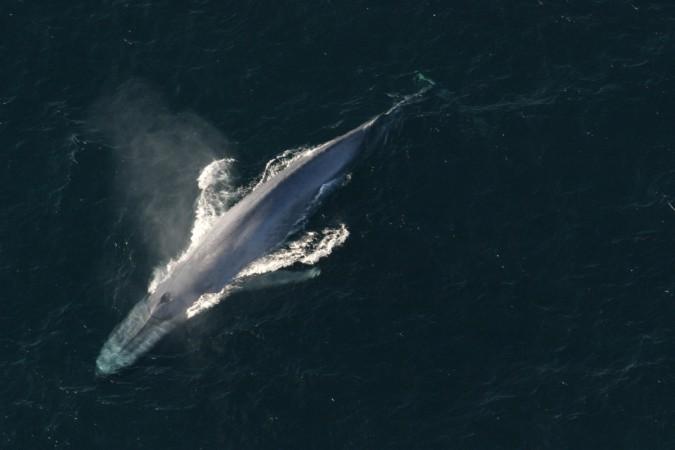
Researchers have at last solved the mystery behind the evolution of baleen whales. After the discovery of an ancient fossil whale, which swam the Antarctic sea 34 million years ago, researchers have concluded that early whales were not baleen (filter-feeder system) at all rather had well-developed gums and teeth, which were used to tear through large prey.
"Llanocetus denticrenatus is an ancient relative of our modern giants, like humpback and blue whales; unlike them however, it had well-developed teeth used to slice prey," said Dr. Felix Marx, a former University of Otago Ph.D. student now based at the Royal Belgian Institute of Natural Sciences.
Marx and Ewan Fordyce, a professor at the University's Department of Geology, were studying the skull, which is believed to be the second-oldest baleen whale ever found while on an expedition in Antarctica in 1987, according to Eureka Alert.
A research paper based on their findings has been published in journal Current Biology.
Like the present day whales, according to the researchers, the ancient whale Llanocetus also had unique groves at the roof of its mouths, which consisted of blood vessels that supply the baleen. However, these grooves were seen clustered around the tooth sockets. In this case, baleen would have been useless. Thus the researchers concluded that the huge gums in the ancient whales slowly turned more complex and eventually transformed into baleens.
"From studying other specimens, we suspected the idea that early whales had both teeth and baleen was probably wrong. Only Llanocetus however, really illustrates this point, and it was both surprising and lucky to find such clear evidence in such an ancient specimen," said Dr. Marx.
Fordyce, meanwhile, reiterated the fact that the Llanocetus was an enormous ferocious predator – something that has been inherited by its successors. After all, no biologist will deny that fact that whales, though look harmless, are active predators.
"We suspect that climate was quite influential on the history of whales, especially the shift from tropical to cooler temperatures and when it was cooler there was a change in nutrition cycles and food that may have been some sort of trigger for the evolution of the big whales," said the researcher.









